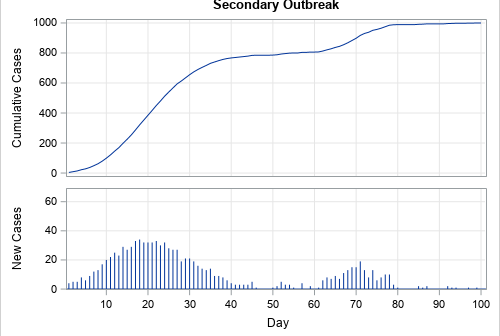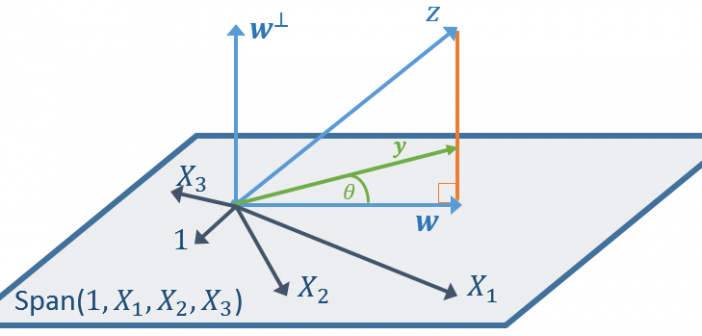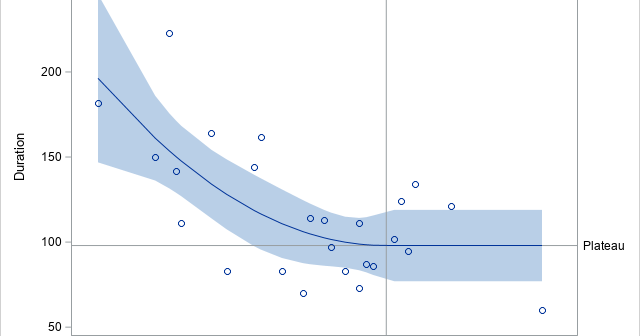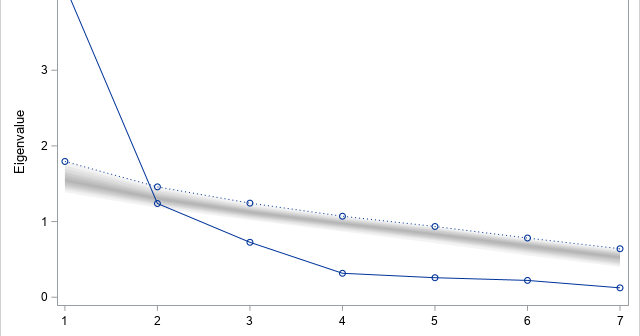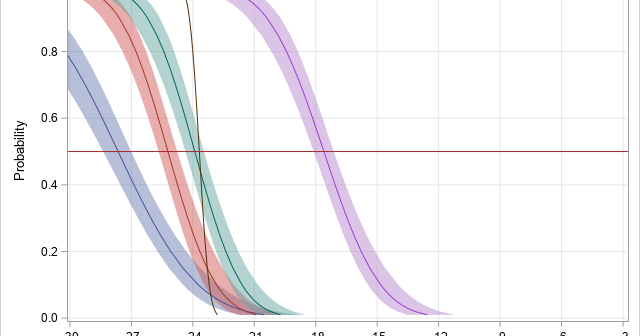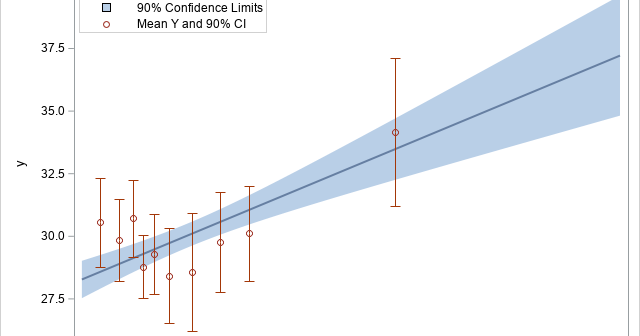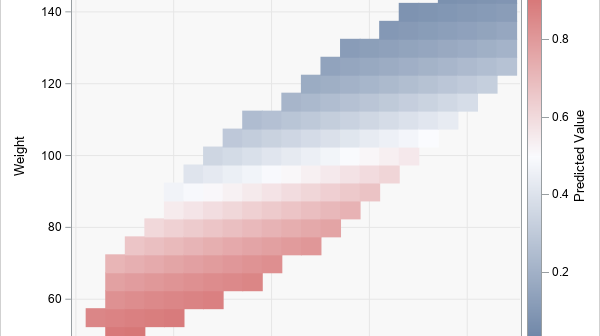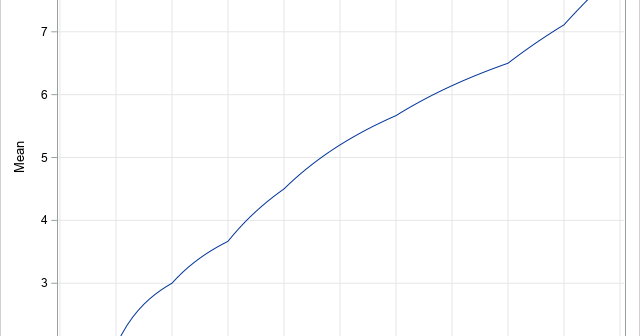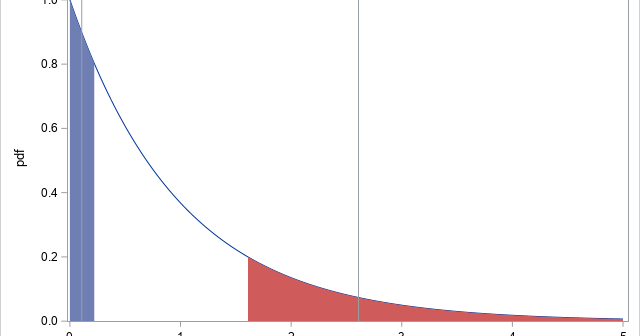
On The DO Loop blog, I write about a diverse set of topics, including statistical data analysis, machine learning, statistical programming, data visualization, simulation, numerical analysis, and matrix computations. In a previous article, I presented some of my most popular blog posts from 2020. The most popular articles often deal

